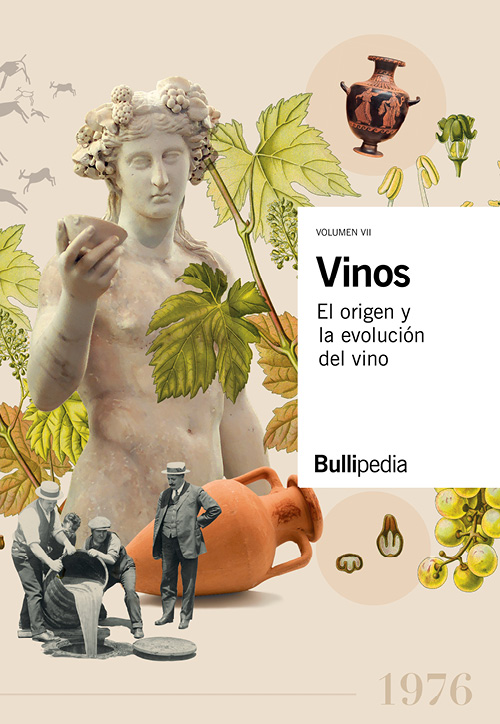
elBullifoundation

elBullifoundation

elBulliDNA

elBulliDNA

Bullinianos

Bullinianos

elBullistore

elBullistore


Estamos realizando tareas de mantenimiento.
En unos momentos la web volverá a funcionar con normalidad.
CHAPTER 13
When wine is placed into the mouth, a huge amount of sensory information is received that must be processed and understood, which hopefully leads to an enjoyment of the wine. In doing this, it is essential to have a memorised tasting system that is both hierarchical and parameterised. Only in this way can perceptions be managed and evaluated sequentially. Beginning with the sapid perceptions of sweetness, acidity, salinity, bitterness, umami, oleogustus and kokumi; this leads on to perceptions of form and volume, dryness and astringency, fluidity and fatty sensations, pungency and alcoholic integration, and, in the case of sparkling wines, effervescence. Next, come the retronasal aromatic perceptions, the perceptions of warmth and freshness. They are followed by structure, weight, body and composition. Then the oral cadence (the attack, the mid-palate and the finish), balance and, finally, length generated. For each stage, we offer a precise vocabulary and explain how each of them should be interpreted.

 RETURN TO BOOK
RETURN TO BOOK
Related products

Vinos. Sumillería: el vino en el restaurante gastronómico (Volumen IV)
Click here if you want to be notified of new stock availability

Inform me by email when the book becomes available:











